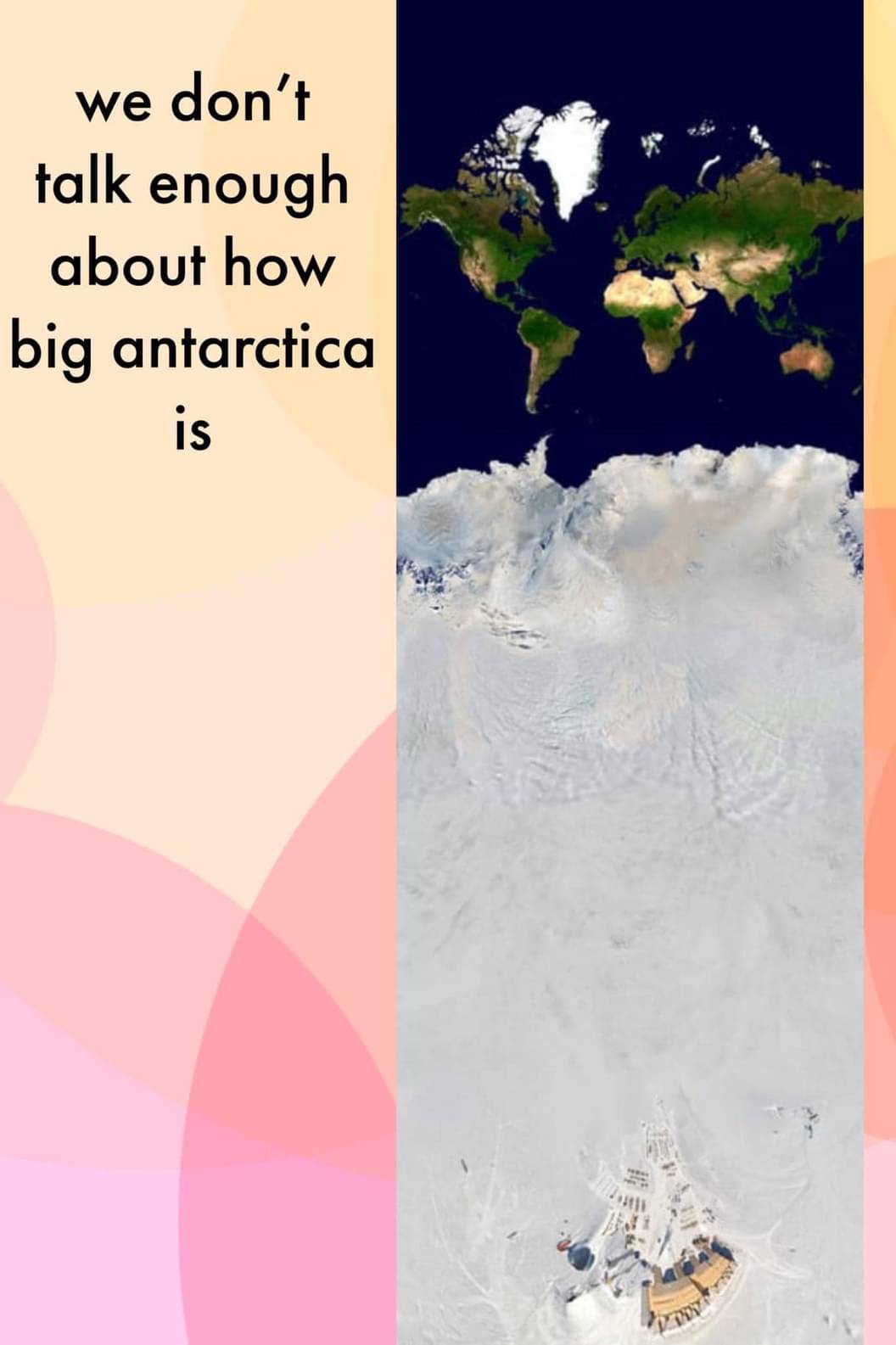this post was submitted on 26 Apr 2024
475 points (97.4% liked)
Science Memes
11631 readers
1368 users here now
Welcome to c/science_memes @ Mander.xyz!
A place for majestic STEMLORD peacocking, as well as memes about the realities of working in a lab.

Rules
- Don't throw mud. Behave like an intellectual and remember the human.
- Keep it rooted (on topic).
- No spam.
- Infographics welcome, get schooled.
This is a science community. We use the Dawkins definition of meme.
Research Committee
Other Mander Communities
Science and Research
Biology and Life Sciences
- [email protected]
- [email protected]
- [email protected]
- [email protected]
- [email protected]
- [email protected]
- [email protected]
- [email protected]
- [email protected]
- [email protected]
- [email protected]
- [email protected]
- [email protected]
- [email protected]
- [email protected]
- [email protected]
- [email protected]
- [email protected]
- [email protected]
- [email protected]
- [email protected]
- [email protected]
- [email protected]
- [email protected]
- !reptiles and [email protected]
Physical Sciences
- [email protected]
- [email protected]
- [email protected]
- [email protected]
- [email protected]
- [email protected]
- [email protected]
- [email protected]
- [email protected]
Humanities and Social Sciences
Practical and Applied Sciences
- !exercise-and [email protected]
- [email protected]
- !self [email protected]
- [email protected]
- [email protected]
- [email protected]
Memes
Miscellaneous
founded 2 years ago
MODERATORS
you are viewing a single comment's thread
view the rest of the comments
view the rest of the comments

To move a continent north of the equator at the rate of 1 CM per year? You might need a bigger napkin.
Antarctica’s leading coast is 10,000 KM from the equator. Assuming it’s able to continue through Southern Africa at the same rate, it would take 100 billion years to have a northern coast.
southern or northern coast. I had deleted my comment already because I misread yours, but I had mathed the time to move away from the pole, producing a southern coast. not time to cross the equator
You’re right, that would create a northern coast. That would be closer to 300M years, assuming it can continue to move at the rate of 1 CM/year, straight through Africa. Antarctica is ~4,500 KM across. The leading coast is only 1,287 KM from the South Pole, leaving 3,213 KM of land needed to migrate from the Pacific side. That would take 321,300,000 years.
same order of magnitude. also you seem to be implying the other continents are completely stationary